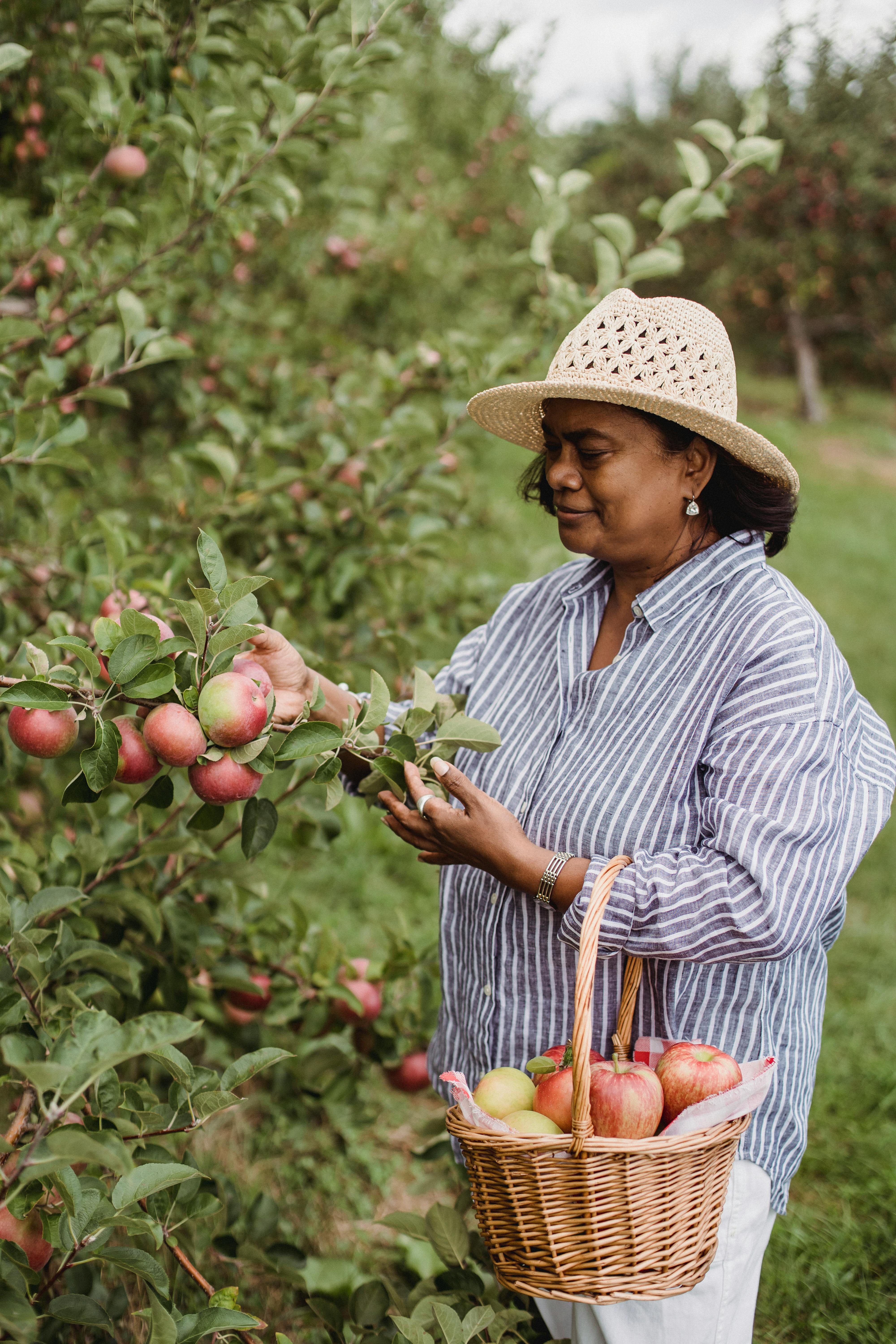: 10 Mistakes that Most People Make
 Gardening is a satisfying hobby that allows you to get in touch with nature and expand your very own gorgeous plants. Whether you have a little terrace garden or a roomy yard, recognizing seasonal gardening can aid you create a successful yard throughout the year. Each period provides special difficulties and chances, and by adapting your gardening methods appropriately, you can make sure the success of your plants.
Gardening is a satisfying hobby that allows you to get in touch with nature and expand your very own gorgeous plants. Whether you have a little terrace garden or a roomy yard, recognizing seasonal gardening can aid you create a successful yard throughout the year. Each period provides special difficulties and chances, and by adapting your gardening methods appropriately, you can make sure the success of your plants.
Spring:
1 Picture Gallery: : 10 Mistakes that Most People Make
Springtime is a time of renewal and development in the yard. As the weather condition warms up, it’s the ideal time to start sowing seeds and planting new plants. Below are a couple of pointers for springtime gardening:
– Tidy up your yard by removing debris and dead plants from the previous period.
– Prepare your soil by adding garden compost or raw material for enhanced fertility.
– Beginning sowing seeds inside or in a greenhouse and transplant them outdoors when the danger of frost has actually passed.
– Think about growing cool-season veggies like lettuce, kale, and peas, which flourish in the milder temperature levels of spring.
Summertime:
Summer season is the moment when your garden remains in full bloom. The warm climate and longer days produce suitable problems for plant growth. Below are some pointers to make the most of your summer season garden:
– Water your plants deeply and consistently, specifically during hot and completely dry periods.
– Compost around your plants to save wetness, reduce weeds, and maintain the dirt temperature cooler.
– Prune and educate your plants to promote air flow and avoid diseases.
– Harvest your summertime crops, such as tomatoes, cucumbers, and peppers, when they are ripe and at their top flavor.
Fall:
Fall is a transitional season where the temperature levels start to cool down. It’s a blast to prepare your garden for the following expanding period and appreciate the harvest of your summer season crops. Consider these tips for fall horticulture:
– Clean up your garden by removing spent plants and including them to your compost pile.
– Plant cool-season crops like carrots, radishes, and spinach, which can tolerate chilly temperature levels.
– Protect your plants from very early frosts by covering them with row covers or making use of conservatories.
– Plant spring-flowering light bulbs, such as tulips and daffodils, to include color to your garden next year.
Winter:
Winter months may seem like a silent time in the garden, however there are still gardening tasks you can do to get ready for the upcoming spring. Below’s what you can do throughout the winter:
– Plan your garden for the following season by researching and ordering seeds and plants.
– Maintain your gardening tools by cleaning, honing, and oiling them for optimum efficiency.
– Safeguard your yard beds with a layer of compost to insulate the soil and protect against weed growth.
– Grow wintertime plants like lettuce, kale, and Brussels sprouts in a greenhouse or conservatory.
To conclude, seasonal horticulture is all about adjusting to the changing weather condition and making the most of each period’s one-of-a-kind attributes. By complying with these tips and remaining in harmony with your garden’s requirements, you can support a growing yard all year round. Satisfied gardening!
This post topic: Financial

